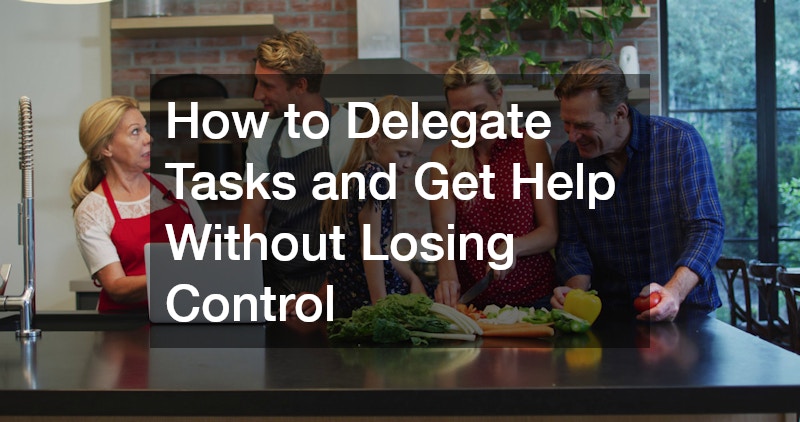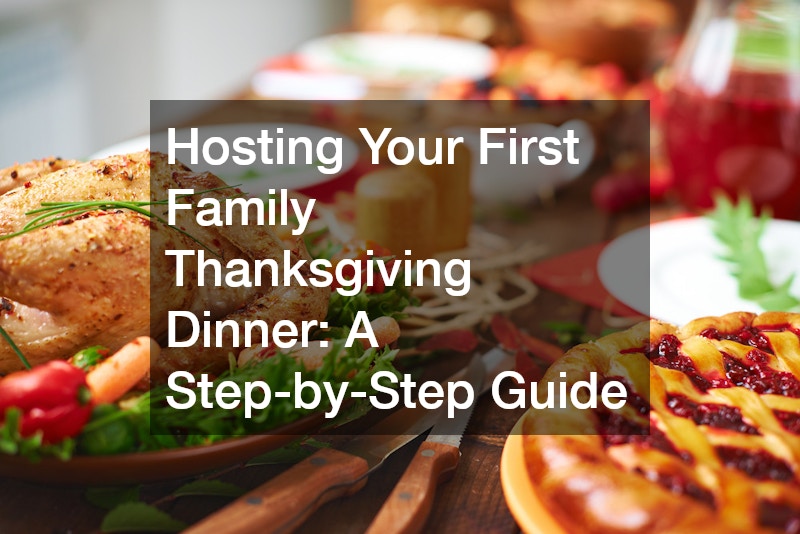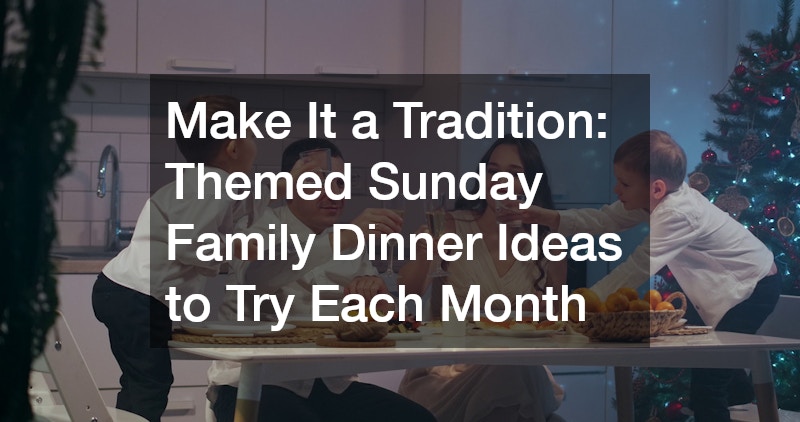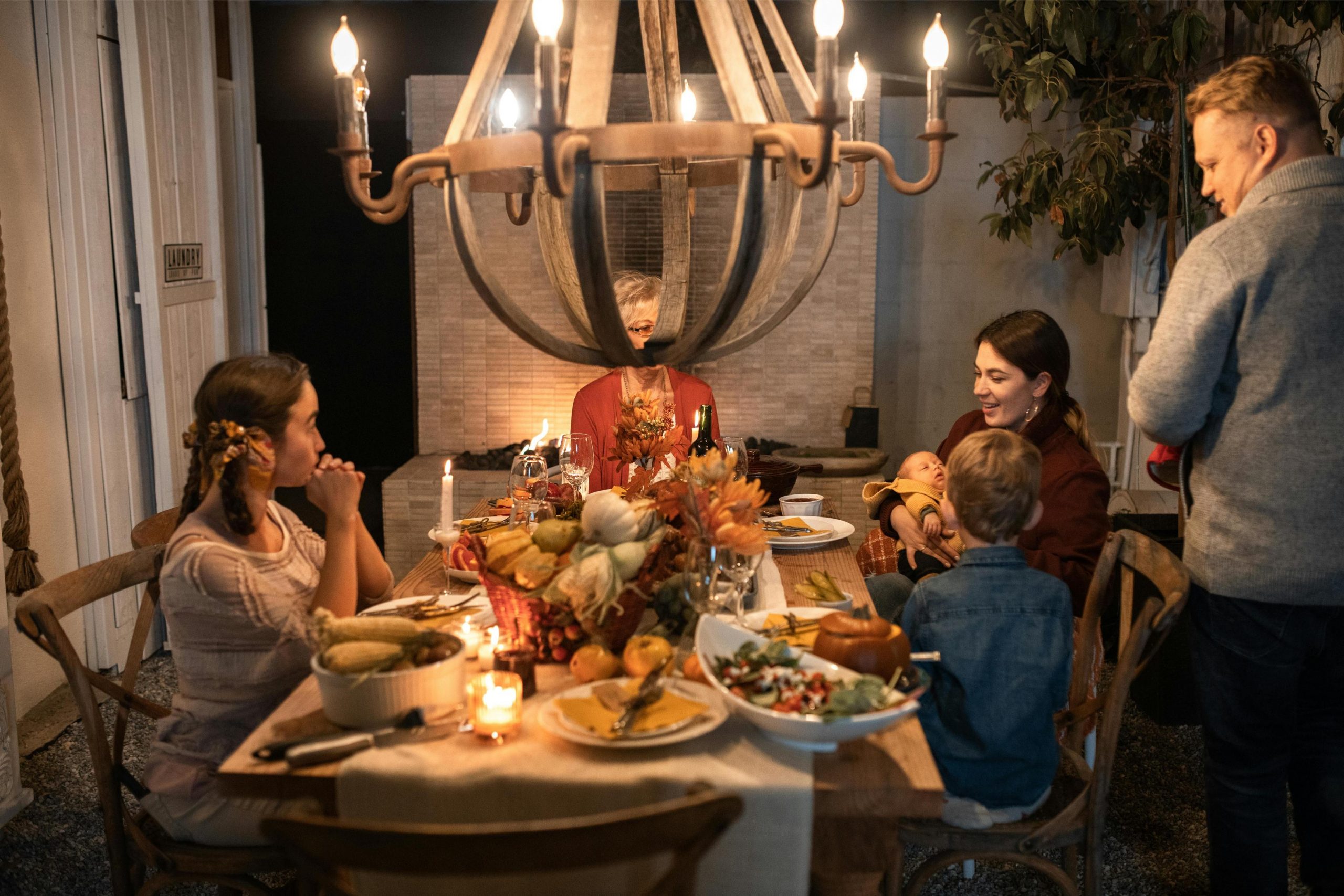
Hosting your first family Thanksgiving dinner can feel like a daunting milestone. Between the turkey, the table settings, and managing multiple guests, it’s easy to feel overwhelmed before you even send out invitations. But with thoughtful planning and a clear roadmap, you can transform stress into celebration and create a holiday gathering that your family will remember for years to come.
This guide is designed to walk first-time hosts through every stage of Thanksgiving prep, from menu planning and grocery shopping to setting the table and handling last-minute surprises. Whether you’re working with a small apartment kitchen or organizing a feast for a large group, these practical steps will help you stay organized, reduce anxiety, and actually enjoy the holiday with your loved ones.
What’s the Ideal Timeline for Planning Thanksgiving Dinner?
Planning ahead is the most important factor in pulling off a successful Thanksgiving dinner. Starting weeks in advance allows you to avoid last-minute panic and gives you time to prepare your menu, seating arrangements, shopping list, and decor.
3 to 4 Weeks Before:
- Decide how many guests you’ll invite.
- Confirm dietary restrictions or food allergies.
- Choose your menu—traditional or modern? Homemade or store-bought?
- Delegate tasks like bringing side dishes or desserts.
2 Weeks Before:
- Finalize the guest list.
- Order your turkey (especially if you’re getting a fresh or specialty bird).
- Buy non-perishable items like canned goods, spices, and beverages.
- Start gathering serving dishes and decorations.
1 Week Before:
- Deep clean the kitchen and dining area.
- Begin thawing a frozen turkey (24 hours per 4–5 pounds).
- Create a cooking schedule.
- Buy all perishable items.
1 Day Before:
- Set the table.
- Prep as many dishes as possible.
- Chill beverages.
- Confirm guest arrival times.
Thanksgiving Day:
- Follow your prep timeline.
- Cook the turkey early, allowing for resting time.
- Warm or reheat sides as needed.
- Set up a drink or appetizer station to entertain guests as you finish cooking.
How Do You Choose the Right Menu?

For many hosts, selecting the Thanksgiving menu is the most exciting—and stressful—part. Striking a balance between traditional expectations and creative flair is key.
Start with the Essentials:
- Turkey: Roasted, brined, smoked, or even deep-fried—pick a method you’re comfortable with.
- Stuffing or Dressing: Cornbread, sourdough, or wild rice-based?
- Mashed Potatoes and Gravy
- Cranberry Sauce: Homemade or canned is fine—both have fans.
- Green Beans or Brussels Sprouts
- Dinner Rolls
- Pumpkin Pie (and maybe a second dessert like pecan or apple pie)
Add Optional or Custom Dishes:
- Sweet potato casserole
- Mac and cheese
- Roasted carrots or squash
- Gluten-free or vegan options
- International family favorites
Tips for Menu Planning:
- Don’t overextend—start with 4–6 key dishes.
- Include at least one no-cook appetizer or easy dessert.
- Choose recipes you’ve tested or practiced before.
What Equipment and Kitchen Tools Will You Need?
One of the biggest rookie mistakes is not having the right tools or enough space on the stove or in the oven. A successful Thanksgiving dinner requires a few kitchen essentials.
Must-Have Tools:
- Roasting pan with rack (for the turkey)
- Meat thermometer (for perfectly cooked poultry)
- Mixing bowls
- Baking dishes and casserole pans
- Sharp knives and cutting boards
- Food storage containers for leftovers
Nice-to-Haves:
- Slow cooker (great for keeping mashed potatoes warm)
- Electric carving knife
- Gravy separator
- Pie weights (for blind-baking crusts)
Pro Tip: Do a dry run. A few days before, lay out your dishes and equipment so you know what’s missing.
How Do You Prepare Your Home for Guests?
Creating a warm, welcoming environment isn’t just about decor—it’s about comfort, cleanliness, and flow. A few thoughtful touches will go a long way.
Cleaning and Decluttering:
- Focus on high-traffic areas: kitchen, bathroom, and dining area.
- Clear the fridge to make space for food and leftovers.
- Make sure there’s room for coats, bags, and shoes near the entrance.
Dining and Seating:
- Count chairs and confirm table space.
- Consider borrowing or renting a folding table if needed.
- Add festive table linens, cloth napkins, and simple centerpieces like candles or pumpkins.
Atmosphere:
- Play soft background music.
- Adjust lighting for warmth—avoid harsh overhead lights.
- Set up a drink or snack station to keep guests busy while you finish cooking.
What’s the Best Way to Stay Organized on Thanksgiving Day?
With multiple dishes to prepare and guests to entertain, the big day can spiral quickly if you’re not organized. A written schedule can make all the difference.
Sample Thanksgiving Day Timeline:
8:00 AM – Prep turkey and start roasting
10:00 AM – Chop vegetables and prep sides
12:00 PM – Take a break or set up the appetizer table
2:00 PM – Check turkey temperature
3:00 PM – Begin reheating sides and baking rolls
4:00 PM – Rest the turkey, make gravy
4:30 PM – Guests arrive
5:00 PM – Serve dinner
Helpful Tips:
- Use a whiteboard or sticky notes to track cooking times.
- Keep trash bins accessible and empty as you go.
- Enlist help—assign someone to drinks, music, or table service.
How Do You Cook a Thanksgiving Turkey?
Roasting a turkey can be intimidating, but it’s manageable with the right technique and timing.
Turkey Basics:
- Estimate 1–1.5 pounds per person.
- Thaw a frozen bird in the fridge: 24 hours per 4–5 pounds.
- Brining overnight adds flavor and moisture (optional but recommended).
Cooking Instructions:
- Preheat oven to 325°F.
- Season or butter the skin and cavity.
- Roast uncovered in a pan with a rack.
- Baste every 30–45 minutes.
- Cook until internal temp reaches 165°F in the thickest part of the thigh.
- Let it rest 30 minutes before carving.
Time Guide:
- 12–14 lb turkey: ~3.5–4 hours
- 16–18 lb turkey: ~4.5–5 hours
- Use a thermometer instead of just relying on time
What to Do If Something Goes Wrong?
Even the most seasoned hosts face unexpected challenges. Don’t panic—most mishaps have quick solutions.
Common Issues & Fixes:
- Turkey is undercooked: Carve into pieces and return to the oven in batches.
- Forgot a dish: Serve it later or save for leftovers.
- Burnt side dish: Scrape off the top layer or swap it with something from the freezer.
- Too salty gravy: Add unsalted broth or a splash of cream.
Emotional Backup:
- Breathe. Most guests care more about the company than the food.
- Laugh it off—it’ll be a good story for next year.
How to Make It Special for Everyone?
The food is important, but Thanksgiving is really about connection. Take extra steps to make guests feel seen and appreciated.
Small Touches That Go a Long Way:
- Write personalized place cards.
- Ask each guest to share one thing they’re thankful for.
- Create a photo wall or display of past family celebrations.
- Send leftovers home in labeled containers.
Kid-Friendly Options:
- Create a craft corner with coloring sheets.
- Offer a “kid menu” with familiar favorites.
- Let them help serve desserts or set the table.
Cleaning Up: What’s the Smartest Strategy?
The feast may be over, but cleanup can feel like another full-time job. Save yourself stress by cleaning as you go.
Smart Cleanup Tips:
- Soak pans and dishes as soon as they’re empty.
- Run the dishwasher while eating, then load a second round.
- Use disposable containers for leftovers.
- Get help—many hands make light work.
What Should You Do With Leftovers?
Leftovers are a beloved part of Thanksgiving. Use them wisely and creatively.
Storage Tips:
- Cool food quickly and refrigerate within 2 hours.
- Label items with the date.
Leftover Ideas:
- Turkey sandwiches with cranberry sauce
- Mashed potato pancakes
- Stuffing-stuffed bell peppers
- Turkey soup or pot pie
Why Hosting Your First Family Thanksgiving Dinner Matters
Your first time hosting Thanksgiving is more than a cooking challenge—it’s a chance to create new traditions, deepen relationships, and share gratitude. Whether everything goes according to plan or you face a few bumps along the way, what your guests will remember most is the warmth and intention behind your efforts.
Hosting isn’t about perfection—it’s about presence. You’ve opened your home and heart to people who matter. And that alone is a success worth celebrating.
How to Delegate Tasks and Get Help Without Losing Control

One of the biggest mistakes first-time Thanksgiving hosts make is trying to do everything themselves. Delegating not only eases your workload but also helps guests feel more involved and appreciated. The key is to assign tasks early and be clear about what’s needed. This allows you to focus on critical parts of the meal, like timing the turkey or coordinating the serving.
Here’s how to delegate effectively:
- Assign specific dishes to trusted guests (e.g., Aunt Lisa brings dessert, your sibling makes the green beans).
- Ask for help with setup, such as setting the table or arranging chairs.
- Put someone in charge of drinks and appetizers while you manage the kitchen.
- Create a cleanup crew list in advance—most guests are happy to help if asked.
- Use labels or sticky notes on serving dishes so helpers know where things go.
Delegation keeps things flowing and gives your gathering a true family feel, because Thanksgiving is about sharing more than just food.
Hosting Your First Family Thanksgiving Dinner Doesn’t Have to Be Overwhelming
If the idea of hosting your first family Thanksgiving dinner feels intimidating, you’re not alone. Many first-time hosts worry about cooking the turkey just right, preparing enough food, and keeping guests entertained. But the truth is, it doesn’t have to be overwhelming. Start small, plan carefully, and lean into the spirit of the holiday—gratitude, togetherness, and a good meal. With this guide as your blueprint, you can turn a stressful event into a joyful, meaningful gathering that your guests will appreciate and you’ll be proud of.



